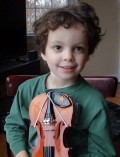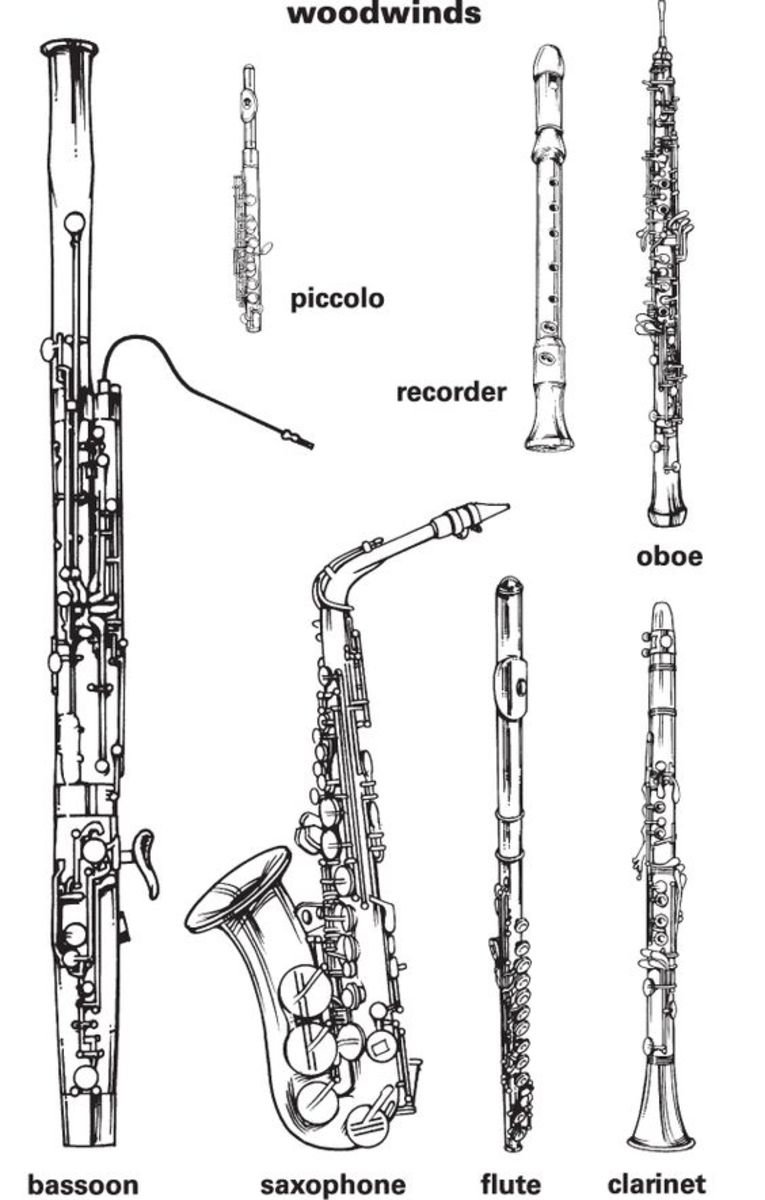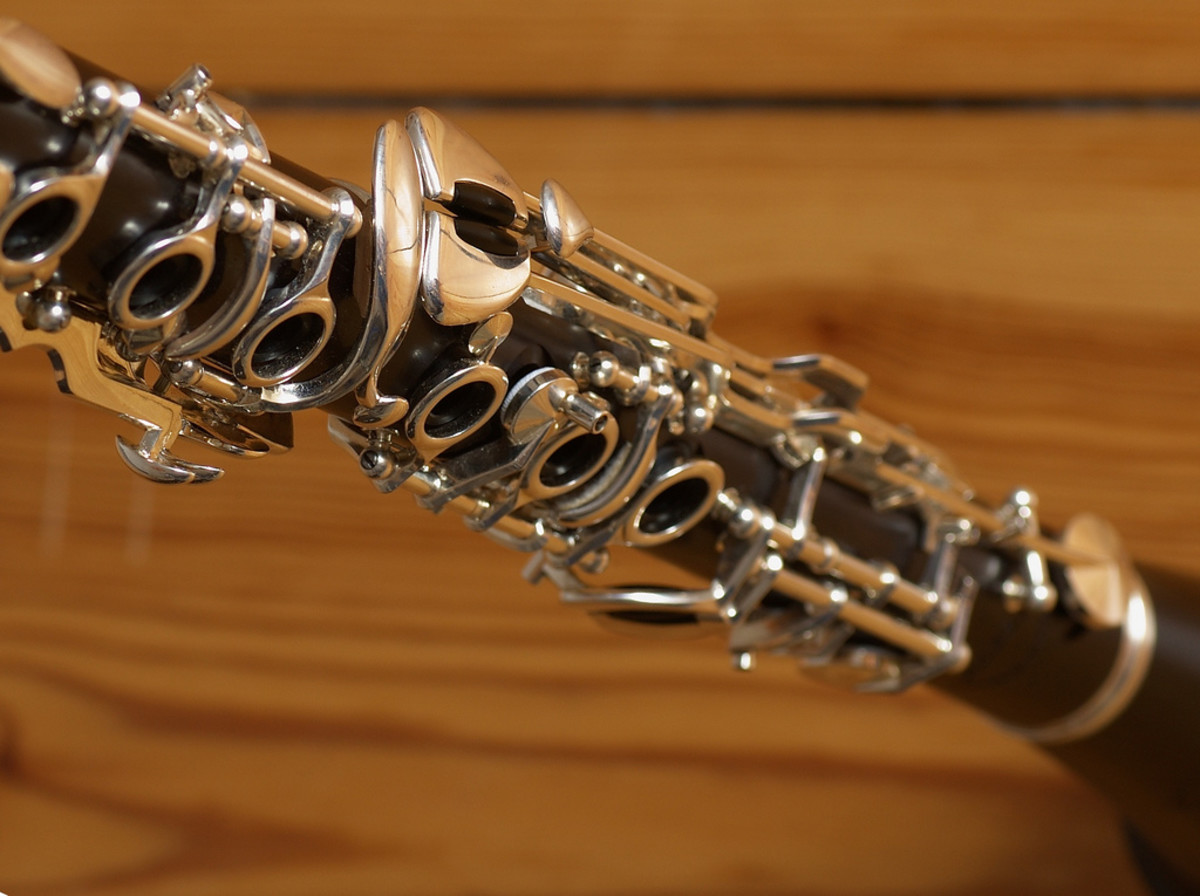Music for Kids
The Sound of Music
Traditional Western Style - First in a Series
(this hub is taken from personal experience and reflects the personal opinions of the author on music for children)
"Children are like caterpillars growing into butterflies. If you try to open the cocoon before it's ready, the butterfly's wings will still be unformed or wet and the butterfly wont be able to fly."
Having fun with music early in their childhood is a wonderful thing for your child. You can give them drums to bang on, rattles to shake and whistles to blow. The main aim should be fun in this phase rather than getting too much into the formal aspects of music. As time develops you will find songs your children will want to learn and sing along with.
When I played my child the above clip from the Sound of Music she loved it to the point of wanting desperately to learn it. The level of concentration she displayed as a result of her enthusiasm was testament to the importance of fun and love for musical development.
Later, I realized this wonderful moment in music encapsulated so much of what I knew from my own classical musical training and Julie Andrews was reiterating a widely disseminated European or Western Method for teaching music to children.
Classical training usually begins with singing in a choir where the notes are heard and their relative values discerned. Doh is also called the tonic and songs will eventually work their way back to this note as it has the strongest gravity and will usually be the one the tune finishes on. Soh, is the fifth note in the scale and is also called the dominant for good reason. Fah is the subdominant and Ti is the one you can hear that always wants to resolve back to Doh. It will grate on your nerves until it does! It's funny how when I learned music notes began to have their own little personalities for me so I make no excuse for the terminology I use here (or should that be hear!) La is the "sad" sounding note. "Me" can also mope depending on what follows so personalities can change!
Once your child is introduced to keys and modes (scales), new "feelings" or "flavors" will be discrenible. Your child will have learned to tap into these already anyway from their earlier experiences of sol-fa and the feeling landscape associated with it. They will come to appreciate the sadness of minor and the happy feelings of the major scales and be finding emotions and moods through the music.
She or he will perhaps also be learning how music can be mood altering or transformative. A wonderful discovery to have made!
Bach
Bach, who I will call "the father of classical music", learned to sing first, then learned to play the violin and finally the organ. This sequence has an underlying logic as learning to hear notes or form an aural perception of them before you have to sing them develops the mind's ear and allows one to "hear" the note before sounding it using the vocal chords.
The violin develops dexterity in the hand and, again, the notes must be heard in the mind's ear in order to make the sound though the fingers over time find their position for whichever scale or key or sequence of notes is needed for the tune but the ear rules which is why undeveloped beginners can go close to giving anyone in earshot an almighty headache! You must make the note and rely on your ear, the instrument will not do it for you.
Finally, as noted, Bach learned the organ keyboard and the instrument can make the note so if you happen to start with this - in other words, bypass the singing and violin - you could conceivably make some pleasing sounds but, if you are lazy, there is the danger of relying on the instrument rather than developing your musical ability.
Don't do it! In my opinion, your child's mind's ear, feelings and musical versatilty will be better developed starting with singing first.
Notice how the sense of sight is only introduced late or rather "locked out" in the earlier phases of singing and violin (non-fretted instrument) . This strategy of having to develop hearing and feeling before sight is, I believe, a crucial one. The musical ear and feeling are predominant in music. I believe this is no accident in Bach's education and forms a sound progression for musical development in general. The hard path has greater rewards in the long run as you will be better equipped to find your way inside music.
Kodaly Method or Sol-fa
The Kodaly method (from Hungry originally) and Sol-fa method (in English) help young singers to learn their notes or more specifically the feeling of these notes and many traditional choirs start with these or rather would have when I was learning! The great thing about a choir is that it is a very social event and the beautiful sounds are made in harmony with others so being a part of it teaches this great lesson of social engagement and how that produces wonderful results.
Suzuki Violin Method
Developed by Shinichi Suzuki in Japan.
Suzuki Violin method is designed to teach children the violin as if you were teaching the child his or hers mother language. We learn our various languages by imitating our mother, in other words, it is a "natural" form of learning provided by a nurturing and integrating environment. This is a sound philosophy and stands in contrast to the "instructional model" which emphasized forced learning, instruction and discipline which could put a child right off what was being taught.
Suzuki method introduces catchy and easily learned tunes (like "twinkle twinkle little star") and helps develop perception of tonal centers as the tunes are like simple constellations of these.
Audio recordings are used to develop listening and accuracy in pitch as the child learns to play like the recordings they are hearing.
I hope this article has given you a few leads to help further your child's musical education.
To end, let me just say, I will never forget a study of high-achievers a friend of mine once told me about. It was found that the earliest experiences of these high achievers were full of love and fun. The research showed that when the time came for hard work, it was those early feelings that kept coming back to get them through the hard discipline they needed for success.

![The Sound of Music (Two-Disc 40th Anniversary Special Edition) [DVD]](https://m.media-amazon.com/images/I/51TBDI5nxGL._SL160_.jpg)







